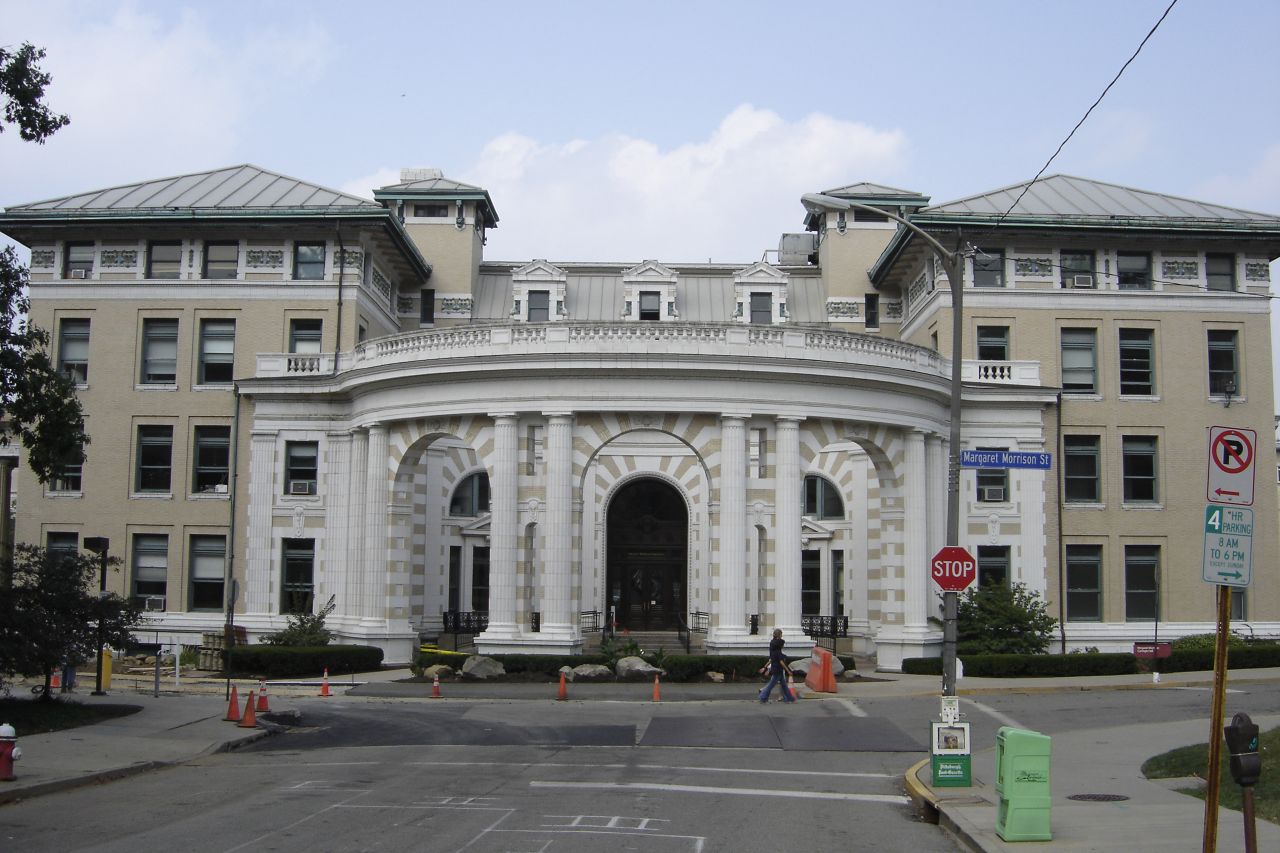 The university began as the Carnegie Technical Schools founded by Andrew Carnegie in 1900. In 1912, the academy became the Carnegie Institute of Technology and began acceding four-year degrees. In 1967, the Carnegie Institute of Technology alloyed with the Mellon Institute of Industrial Analysis to anatomy Carnegie Mellon University. The university's 140-acre (57 ha) capital campus is 3 afar (4.8 km) from Downtown Pittsburgh and abuts the Carnegie Museums of Pittsburgh, the capital annex of the Carnegie Library of Pittsburgh, the Carnegie Music Hall, Schenley Park, Phipps Conservatory and Botanical Gardens, the Pittsburgh Golf Club, and the campus of the University of Pittsburgh in the city's Oakland and Squirrel Hill neighborhoods, partially extending into Shadyside.
The university began as the Carnegie Technical Schools founded by Andrew Carnegie in 1900. In 1912, the academy became the Carnegie Institute of Technology and began acceding four-year degrees. In 1967, the Carnegie Institute of Technology alloyed with the Mellon Institute of Industrial Analysis to anatomy Carnegie Mellon University. The university's 140-acre (57 ha) capital campus is 3 afar (4.8 km) from Downtown Pittsburgh and abuts the Carnegie Museums of Pittsburgh, the capital annex of the Carnegie Library of Pittsburgh, the Carnegie Music Hall, Schenley Park, Phipps Conservatory and Botanical Gardens, the Pittsburgh Golf Club, and the campus of the University of Pittsburgh in the city's Oakland and Squirrel Hill neighborhoods, partially extending into Shadyside.Carnegie Mellon has seven colleges and absolute schools: the College of Engineering, College of Fine Arts, Dietrich College of Humanities and Social Sciences, Mellon College of Science, Tepper Academy of Business, H. John Heinz III College and the Academy of Computer Science.
History
Post-Civil War industrialists accumulated aberrant abundance and some were acquisitive to begin institutions in their names as allotment of alms campaigns application portions of their all-inclusive wealth. Washington Duke at Duke University, Ezra Cornell at Cornell University, Johns Hopkins at Johns Hopkins University, Leland Stanford at Stanford University, John D. Rockefeller at the University of Chicago, and Cornelius Vanderbilt at Vanderbilt University are several notable examples of Andrew Carnegie's actuality of abundance mentality and Carnegie Mellon University is one such result.The Carnegie Technical Schools were founded in 1900 in Pittsburgh[6] by the Scottish American baron and philanthropist Andrew Carnegie, who wrote the accustomed words "My affection is in the work", if he donated the funds to actualize the institution. Carnegie's eyes was to accessible a abstruse training academy for the sons and daughters of banal Pittsburghers (many of whom formed in his mills). Carnegie was aggressive by the Pratt Institute in Brooklyn, New York founded by baron Charles Pratt in 1887, clay abounding aspects for his own academy from Pratt.Three consultants were retained to absolute the architecture of the class and campus; a part of them was Clifford B. Connelley, a avant-garde of abstruse apprenticeship and approaching Pennsylvania Commissioner of Labor and Industry. In 1912 the academy afflicted its name to Carnegie Institute of Technology (CIT) and began alms four-year degrees. During this time, CIT consisted of four basic schools: the Academy of Fine and Applied Arts, the Academy of Apprentices and Journeymen, the Academy of Science and Technology, and the Margaret Morrison Carnegie Academy for Women.
The Mellon Institute of Industrial Analysis was founded in 1913 by brothers Andrew W. Mellon and Richard B. Mellon in account of their father, Thomas Mellon, the ancestor of the Mellon family. The Institute began as a analysis alignment which performed plan for government and industry on arrangement and was initially accustomed as a administration aural the University of Pittsburgh. In 1927, the Mellon Institute congenital as an absolute nonprofit. In 1938, the Mellon Institute's iconic architecture was completed and it confused to the new location.
